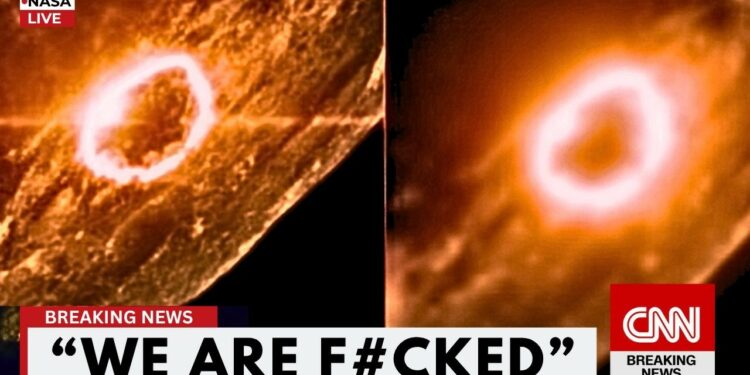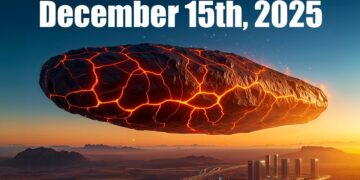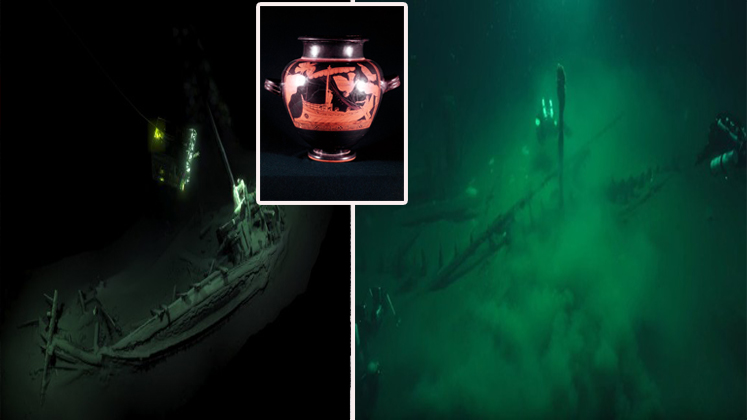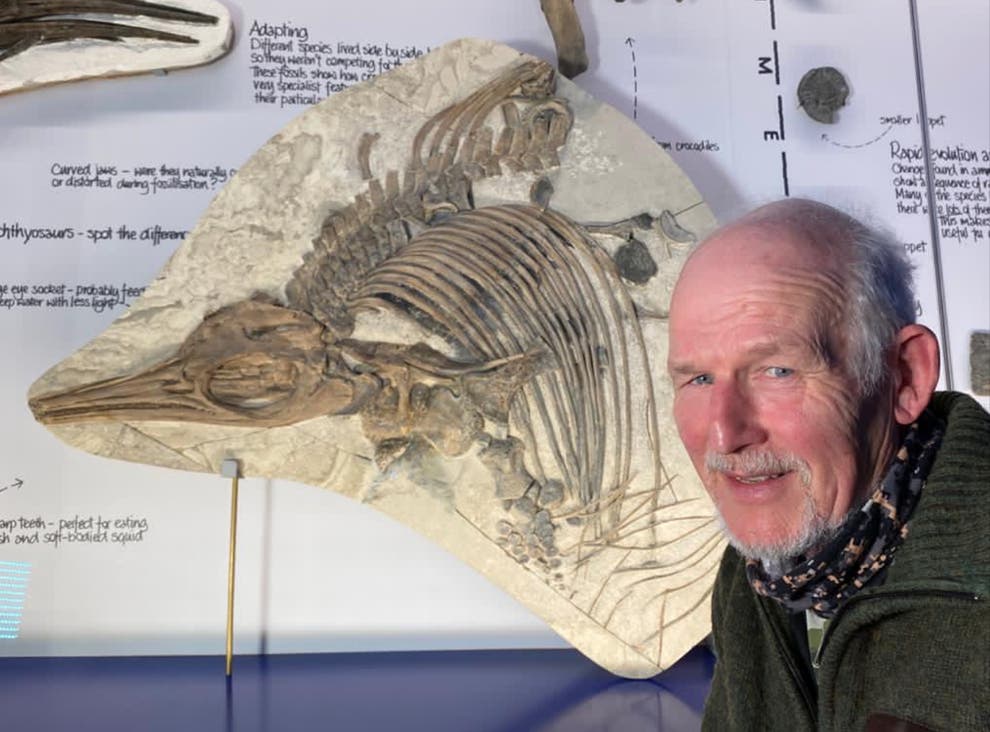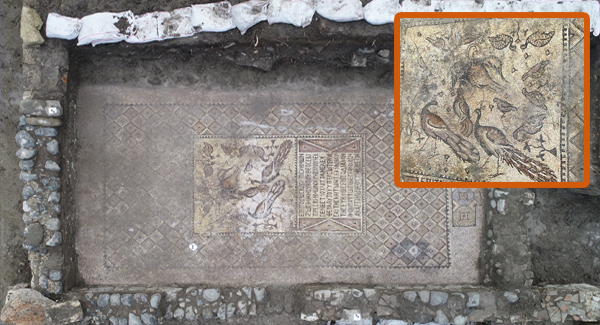For months, astronomers assured us that Three Atlas would be a harmless interstellar visitor, a spectacular comet skimming past Mars before vanishing into the cosmos. But the James Webb Space Telescope, humanity’s most advanced eye in space, has upended that narrative with shocking new data. The trajectory of Three Atlas has shifted, and whispers among scientists now suggest a chilling possibility: it might collide with Mars. This isn’t just about a comet, though—its behavior suggests something far more complex, resembling a spacecraft with precise maneuvers and clock-like gas pulses. The deeper we dive into the data, the clearer it becomes: Three Atlas isn’t drifting—it’s steering, targeting Mars.
Discovered on July 1st, Three Atlas initially appeared as a fast-moving blur with a glowing coma, traveling at an unprecedented 87 km/s relative to the Sun—crossing the Earth-Moon distance in under 80 minutes. Unlike typical comets, which slow or fragment as they approach the inner solar system, Three Atlas began accelerating subtly and tightening its trajectory. Its coma doubled in brightness within weeks, and spectral analysis revealed ultraviolet spikes and CO2 outgassing at rates never seen in any comet. Most disturbingly, Webb’s sensors detected rhythmic pulses from its tail—deliberate thrusts at 17-minute intervals, not chaotic jets from melting ice.
These precise maneuvers have shifted Three Atlas’s path from a near-miss to a potential collision course with Mars, with an impact distance now estimated at just 1.95 million km—a cosmic hair’s breadth. Simulations show that even a slight increase in velocity could ensure a direct hit. The object’s behavior, with gas pulses acting like micro-thrusters, suggests a level of control unheard of in natural celestial bodies. Harvard astrophysicist Avi Loeb and his team have proposed a bold hypothesis: Three Atlas may be an engineered probe. Radar echoes from the Mars Reconnaissance Orbiter and Goldstone antennas detected metallic signatures, unlike the watery composition of typical comets. Amateur images also revealed green needle-like streams converging toward Mars, pulsing in sync with the object’s exhaust vents.
If Three Atlas impacts Mars, the consequences would be catastrophic. With a mass of 10 billion tons and a speed of 57 km/s relative to Mars, the collision would release over 2 million megatons of energy—thousands of times more powerful than Earth’s largest nuclear detonation. The resulting 60-km-wide, 5-km-deep crater would scatter debris across Mars’ orbit, potentially reaching Earth. Such an event could destroy decades of scientific research, including rovers, orbiters, and experiments searching for Martian life, while risking unprecedented biological contamination.
The implications deepen with the possibility that Three Atlas is not a natural object but a deliberate delivery system. Webb’s spectrographs detected synthetic polymers and isotopic anomalies in its trail, materials that don’t form naturally in space. Leaked data suggests the object carries structured, RNA-like sequences—potentially a form of prebiotic code designed to interact with intelligence. This raises a haunting question: is Three Atlas seeding Mars with something intentional, using the planet as an incubator?
As the object approaches, eerie coincidences have emerged. Its trajectory aligns with Alisium Planitia, a Martian region with symmetrical, Fibonacci-like geological features and a crystalline basin emitting infrared pulses. Ancient sky maps from Babylonian, Mayan, and Tibetan cultures describe a “flame serpent” following a similar path, suggesting Three Atlas’s arrival may echo a cosmic event from millennia ago. Even more unsettling, a secondary “shadow” trails the object, moving in perfect unison without being physically connected, defying all known physics.
Mars itself seems to be responding. Seismic activity and xenon isotopes have spiked near Cerberus Fossae, and a magnetic pulse matching Three Atlas’s 17-minute intervals has been detected beneath Olympus Mons. In the dust fields of Noctis Labyrinthus, concentric ovals formed an eye-like shape tilted at 23.5 degrees—Earth’s axial tilt. These anomalies suggest Mars may not just be a target but an active participant, as if awakening to the object’s approach.
Three Atlas’s trajectory also aligns with rare orbital resonances on September 23rd, October 5th, and November 11th, matching cycles last seen during the 1908 Tunguska event. Its light pulses form a Fibonacci-based spiral, hinting at a message encoded in its behavior. A low-frequency signal from beneath Olympus Mons mirrors the object’s emissions, suggesting a dialogue between planet and visitor. Most astonishingly, a decades-old thermal scan of Utopia Planitia revealed a glyph-like heat signature resembling Three Atlas’s projected impact pattern, as if Mars has been waiting for this moment.
As the object nears its final alignment with Mars, Earth, and the Sun, it matches ancient megalithic structures like Stonehenge, built to mark this precise celestial configuration. Three Atlas isn’t just a comet—it’s a keystone in a cosmic pattern, potentially triggering a shift in reality itself. Whether it strikes Mars or misses, the event is already reshaping our understanding of the cosmos, suggesting we were always part of its design. The question isn’t just what Three Atlas is, but what it wants us to become.

